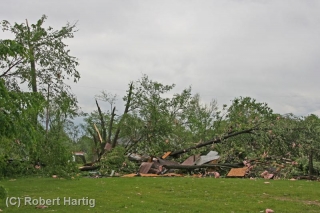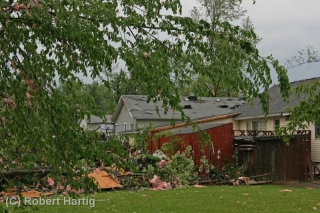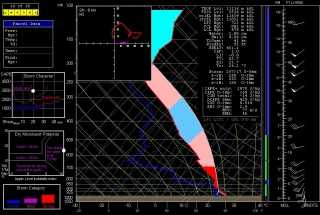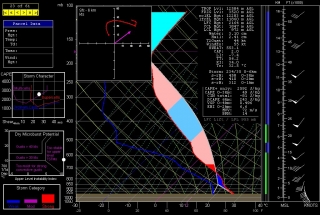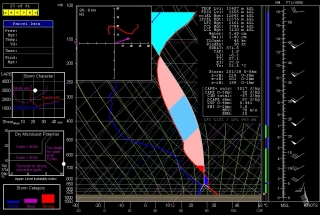A white-breasted nuthatch was at my bird feeder a few minutes ago searching hopefully for seed. Poor little thing! The seed stash has been low these past few days. Monday I sprained my left ankle while hiking in Yankee Springs, and I haven’t been up to replenishing the feeding station. In fact, my life has been largely reduced to sitting in the couch keeping my leg elevated and my ankle iced.
Lisa has been taking great care of me. Still, I like to do what I can for myself, so for three days I hobbled around gingerly, thinking that, c’mon, I hadn’t hurt myself all that badly. But I had, and I wasn’t doing my ankle any favors.
Yesterday I finally concluded that maybe crutches wouldn’t be a bad idea after all. I’ve never used them before, and these ones have taken some getting used to. I wish they came with training wheels. But I’m getting the hang of them, and taking the stress off my ankle is definitely helping. Maybe in a few days I won’t need the crutches anymore.
Anyway, I just refilled the finch sack with thistle seed and both feeding tubes with sunflower seed. A couple of chickadees have already discovered the fresh supply, and it won’t be long before the rest of the birds do as well. I think it’ll be a matter of only minutes before the finches arrive and my balcony will once again swarm with bird action.
What a wild and difficult ride this year has been! And now we’ve arrived at the last day of it. Poised on the brink of 2012, I look back and think, whew! No repeats, please. Nationally and globally, this has been a year of horrific natural disasters, economic turmoil, and unprecedented political upheaval. On a personal level, I have struggled financially as copywriting projects for a key client slowed down from what had been an abundance to a trickle and finally to nothing.
The tight finances massively hampered my ability to chase storms, and consequently I had to sit out some incredible events. Missing them was more than frustrating; it was painful, and it has taken a toll on my sense of identity as a storm chaser.
Thankfully, there have been good things to even out the bad. I published The Giant Steps Scratch Pad Complete, which duplicates the material in The Giant Steps Scratch Pad in all 12 keys. That has been a major accomplishment. I also began chasing locally for WOOD TV’s Storm Team 8, and my first chase for them resulted in a pretty solid coup during a damaging straight-line wind event down in Battle Creek. Also I got to experience Hurricane Irene down in South Carolina, and while I opted out of catching the eye at landfall, I saw enough both on the coast and inland to satisfy my curiosity.
Moreover, Lisa has been recovering nicely from a horribly painful frozen shoulder that she incurred at the beginning of the year. And while Mom’s knee replacement sidelined me from chasing what turned out to be a history-making super-outbreak of tornadoes down in Alabama on April 27, the result has been more than worthwhile; Mom’s knee is now pain-free and Mom can walk again.
As for my copywriting and editorial business, The CopyFox, other opportunities have been coming my way. I definitely miss the steady flow of business from my key client, but I much enjoy the new kinds of projects I’ve been getting from Bethany Christian Services and Baker Books. I’m currently in the middle of editing a book for Heart & Life Publishing, a new publishing service operated by my friend Kevin Miles. If there’s one bit of wisdom that I continue to prove through the years, it’s to step through open doors and embrace new opportunities to learn and grow in the talents God has given me. It’s important to know when to say no; but that being understood, there is a lot in life to say yes to.
I have no resolutions for the New Year. There are and will be goals big and small to reach for in their proper time, and I find that approach to be more realistic than making resolutions. I do hope, though, that I’ll get in a few successful chases this coming storm season to make up for the ones I’ve missed this year.
Still no snow, by the way, and it looks like that’s how it’ll stay through tonight. The 1723 UTC station obs show 38 degrees at GRR, and we’re forecasted to get up into the low 40s, so a green New Year is in store, just like last year. But it won’t stay that way for long; West Michigan’s first major winter storm is set to dump six to eight inches of snow on us tomorrow through Monday, and these warm temperatures will soon be a thing of the past. January is poised to swoop in with fangs bared.
So it’s a good thing I got those bird feeders filled back up. The finches still haven’t arrived. But the chickadees have been doing steady traffic, a couple of rosy-breasted nuthatches are making sporadic appearances, and the woodpeckers have been bellying up to the suet all along. The birds are taken care of. Now it’s my turn. It’s early afternoon and I’m still sitting here in my robe; time to shower up and get the rest of this day in gear.
Lord, thank you for this difficult but nevertheless gracious year. When disappointment and hardship hit, I find it easy to complain. But you are always there in the midst of my life, and I have no problem seeing your goodness when I seek your priorities over my personal wants. My part is to do my best, but you’re the one who calls the shots. Thanks for tonight’s gig with my good friend Ed. Thanks for my dear, dear woman, Lisa, and for my mom and siblings and friends. Thanks for the gifts of storm chasing and music, which not only make me come alive, but also shape me as a person. Thanks for the beautiful Michigan outdoors which I love so much–the wetlands, the wildflowers, the sandhill cranes ratcheting in the marshes, the rivers and streams and lakes filled with fish, the blonde sweep of dunes along the Lake Michigan shore, the forested, glacial hills at sundown. Thanks for the gift of my senses that lets me drink in all of these things, and for emotions that let me feel the wonder of it all. Thank you for the gift of life. Thank you for love. Thank you, precious Lord, for you.
I hope that a few of you will make it down to Fall Creek down in Hastings this evening to catch Ed and me. But whatever you wind up doing, have a fun and safe night. Happy New Year, one and all!
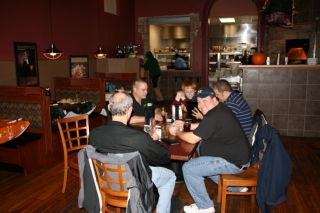
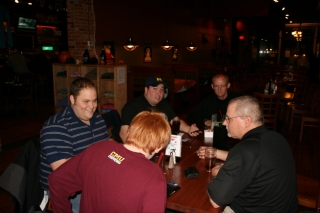
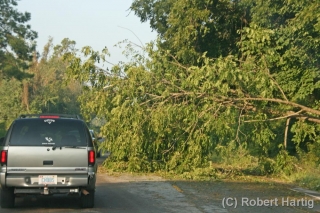
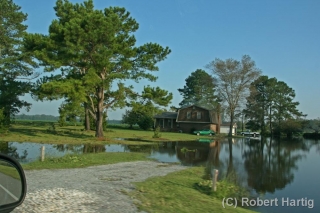
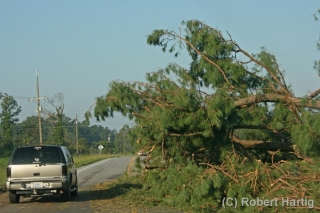
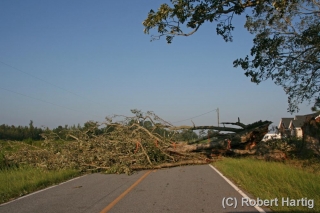
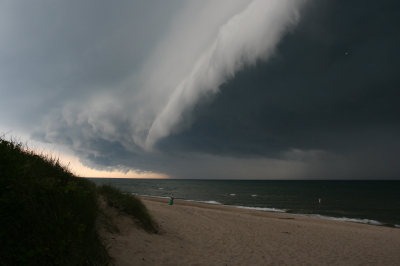 If there’s any advantage to living in the Great Lakes, it’s that we’re close enough to the summer jet stream that it can still dip down out of Canada into our neck of the woods. And while northwest flow isn’t exactly your classic chase scenario, it can deliver some occasional surprises. Illinois in particular has gotten some whopping summer tornadoes–and for those of you who don’t chase east of the Mississippi, I don’t mind telling you that central and northern Illinois is fabulous chase territory. Also, closer to home, even garden variety arcus clouds are sublime to watch sweeping in at the Lake Michigan shoreline.
If there’s any advantage to living in the Great Lakes, it’s that we’re close enough to the summer jet stream that it can still dip down out of Canada into our neck of the woods. And while northwest flow isn’t exactly your classic chase scenario, it can deliver some occasional surprises. Illinois in particular has gotten some whopping summer tornadoes–and for those of you who don’t chase east of the Mississippi, I don’t mind telling you that central and northern Illinois is fabulous chase territory. Also, closer to home, even garden variety arcus clouds are sublime to watch sweeping in at the Lake Michigan shoreline.